Famagusta is one of the major resorts in Northern Cyprus
Famagusta - one of the main resorts of Northern Cyprus. History and nature are closely intertwined here, business activity coexists with carefree life, and the city is rightfully considered one of the true gems of Turkish Cyprus. And the famous but inaccessible ghost town gives the gem a special, slightly spicy shine.
- Famagusta: an overview
- Who founded the settlement?
- The Crusaders and the Venetians
- Famagusta under Turkish rule
- Recent history
- The ghost town of Varosha
- What to see in Famagusta?
- Frequently Asked Questions
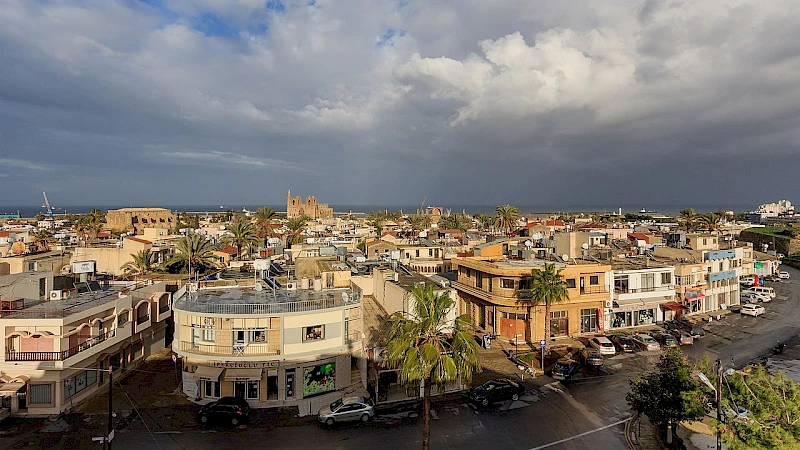
Famagusta: an overview
The city is located on the eastern coast of the island of Cyprus and currently has a population of about 50,000 residents - the exact number remains a mystery due to the complexity of maintaining such statistics, which is due to the special status of Northern Cyprus. Famagusta is one of the main resorts in Northern Cyprus, and it would not be far-fetched to say that it is the most developed among them.
Tourists can find here a vacation to suit every taste and budget. Of course, in the photos, this area is primarily represented by five-star hotels like the Palm Beach Hotel with everything you need right on the premises. However, in reality, besides hotels like Palm Beach, it is not difficult to find more affordable accommodation both on the coast and further away from the sea. Famagusta's residences regularly receive excellent reviews, and Russia and its citizens make a significant contribution to their prosperity.
The city abounds with restaurants, markets, and shops - perhaps it is the best place to fully immerse oneself in the unique, indescribable, yet hospitable Cypriot exoticism.
Despite the fact that the city has a multitude of tourist infrastructure objects and various historical landmarks from the time of the Trojan War, the Middle Ages, and the Ottoman Empire, it is still relatively small, and if desired, it can be explored on foot in every direction - a significant bonus for many visitors to Famagusta who not only want to enjoy the seaside but also thoroughly study the historical material.
Who founded the settlement?
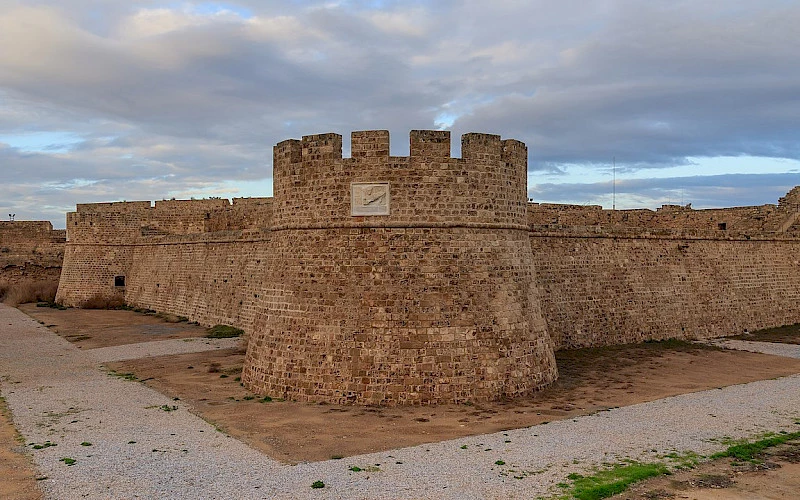
The first evidence of a city in the location of modern-day Famagusta dates back to the 3rd century BC and is associated with Hellenized Egyptians. In those distant times, a city called Arsinoe was founded by King Ptolemy II. Right next to it was the then capital of Cyprus - the city of Salamis (in some sources - Salamis).
However, as a result of two major earthquakes in the 4th century AD, both cities were destroyed. Salamis was restored, and a small fishing village - Famagusta - emerged in place of Arsinoe. But how did a small village become a magnificent medieval fortress?
Middle Ages: The Crusaders and the Venetians

First, in the 7th century, the capital of the island of Cyprus - Salamis - fell under the pressure of the Arabs, and most of the residents fled to the neighboring Famagusta, which led to a certain expansion of the settlement.
A few years later - presumably in 1191 - several ships of the famous knight Richard the Lionheart crashed off the coast of Cyprus, and the ruler of the island at that time did not treat the passengers, including the king's sister and fiancée, very kindly. In response to these unfriendly actions, Richard the Lionheart captured Nicosia and Famagusta and declared himself the ruler.
However, he did not enjoy his residence for long, as he sold the island to the Order of the Templars shortly after, and they resold the land to the former king of the Kingdom of Jerusalem. Almost exactly 100 years after Richard's capture of the island, Famagusta unexpectedly became the last stronghold of Christians and the center of the Christian world.
After suffering defeat in Palestine and mass exodus from the Holy Land, many of them settled in Cyprus, choosing the port of Famagusta as their outpost.
Famagusta under Turkish rule
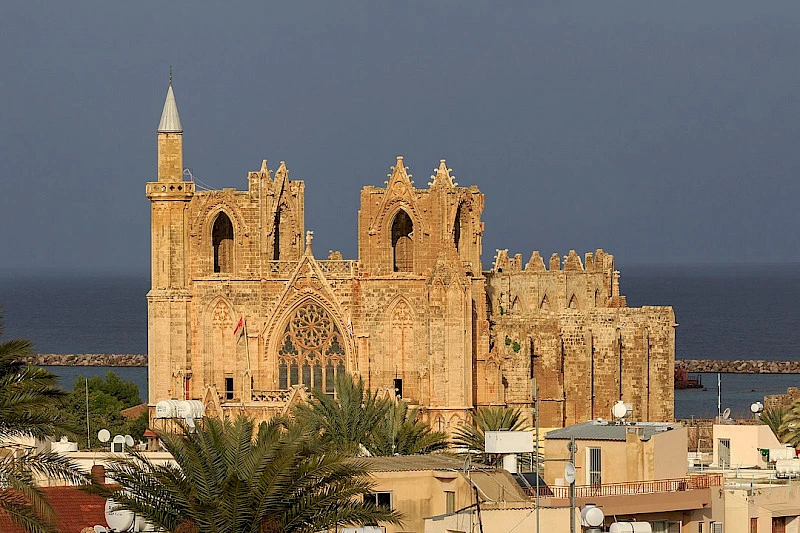
Famagusta fortified and flourished, eventually falling into the hands of the Venetians after several internal conflicts. They greatly fortified the city, allowing them to defend against Sultan Selim II's forces for a whole year in 1570. However, the forces were too unequal, and Famagusta eventually fell in 1571.
The era of Turkish rule began, and the conquerors imposed their own order on the island (for example, they converted the former Saint Nicholas Cathedral into the Lala Mustafa Pasha Mosque. Lala Mustafa Pasha was the military commander who persuaded the garrison of Famagusta to surrender, promising to release all the defenders and treacherously breaking that promise).
Throughout this time, the city remained a major port in the Mediterranean. Under any rule, there were enough wealthy people here who benefited greatly from the favorable location of the island at the crossroads of the world.
Recent History of Famagusta

The Turks continued to develop the city until the end of World War I when Cyprus essentially became a colony of Great Britain in 1925. A British military base appeared here, which still exists on the island today, indicating that Cyprus is effectively under the control of three countries - Greece, Turkey, and Great Britain.
Over 30 years later, Cyprus gained independence from Great Britain and became a sovereign state. The island's population consisted of Greek and Turkish Cypriots. In addition to traditional trade, tourism began to thrive here, and even a whole tourist district called Varosha appeared. According to legends, famous personalities such as Elizabeth Taylor, Brigitte Bardot, and Richard Burton visited Varosha.
Life in the city, and in Cyprus in general, changed dramatically in one day - on August 14, 1974.
Ghost City of Varosha
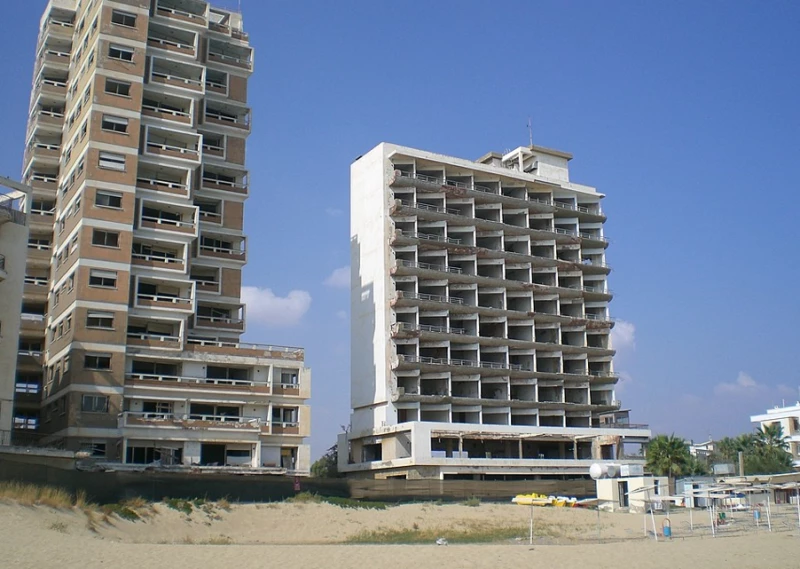
Currently, Famagusta welcomes guests and prospers, but its most luxurious part, the famous Varosha, has been surrounded by a fence with barbed wire since the 1970s. It is known as the ghost city - the ghost of luxurious hotels, peaceful life, the ghost of a luxurious resort city, and the unity of Cyprus...
Varosha is a coastal city in Famagusta, or rather, a former city. Perhaps, it is one of the most unusual places in Cyprus, and maybe even in the world.
In Famagusta, there are clean beaches with white fine sand, just like on the ocean shore. Part of this beauty, called Varosha, is surrounded by barbed wire and heavily guarded. Only police officers from the Turkish part of Cyprus and specially accredited journalists are allowed to enter the city. No one else is allowed in, under the threat of a hefty fine and deportation from the country.
Not everyone is deterred by this. Varosha, in some ways, resembles Pripyat and attracts the attention of "stalkers" from all over the world. Rarely is there a website dedicated to Cyprus that does not include a detailed description of the abandoned city.
During the military conflict between the Turks and Greeks that unfolded in Cyprus, the island was divided. Varosha found itself closest to the new border, becoming a center of military activity rather than a place for leisure. Tourists were hastily evacuated by helicopters, and Greek Cypriots were forced to flee to the southern part of the island.
According to some reports, not only soldiers and locals perished during tank and aerial bombardments, but also several tourists.
Everything that remained here at the beginning, before the military conflict, and was not looted by marauders continues to slowly decay and age - expensive luxury cars, magnificent hotels, and shops. It is now a dead zone that remains unchanged and untouched.
There is a Turkish military base in Varosha, and the majestic buildings of the former city are collapsing on their own. It is worth seeing Varosha to understand the consequences of war. Today, it is a memorial, a dead city that calls for no more repetition of the mistakes that lead to destruction, sorrow, and loss.
However, in a recent press conference, Turkish President Erdogan hinted that the territory of Varosha may soon be opened for visits. Perhaps then, the phrase "Famagusta - the ghost city" will gradually lose its relevance. However, currently, no efforts from peacekeeping forces allow for the resurrection of the ghost city.
Why was Varosha closed?
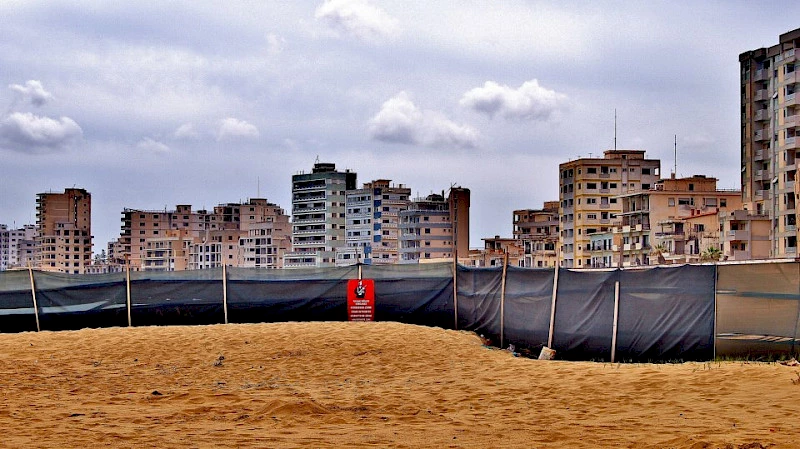
The main version for the closure of the elite district of Famagusta is that the expulsion of Greeks from the city has not yet received any clear legal assessment, and many who could claim their rights to local property are still alive and willing to try to reclaim their ownership. It is evident that this could lead to a new wave of conflict in the city.
According to the official UN resolution, only former residents have the right to enter Varosha, but Turkey obstructs this.
It is precisely for this reason that the best places for relaxation and the most picturesque beaches have not brought a penny to the city for almost half a century, serving as the center of attraction for the unhealthy interest of post-apocalypse enthusiasts.
Most researchers on the subject, however, are convinced that nothing valuable remains in Varosha - everything was looted in the first days of the invasion, as the expelled Greeks were allowed to take only what they could carry.
What to see in Famagusta?
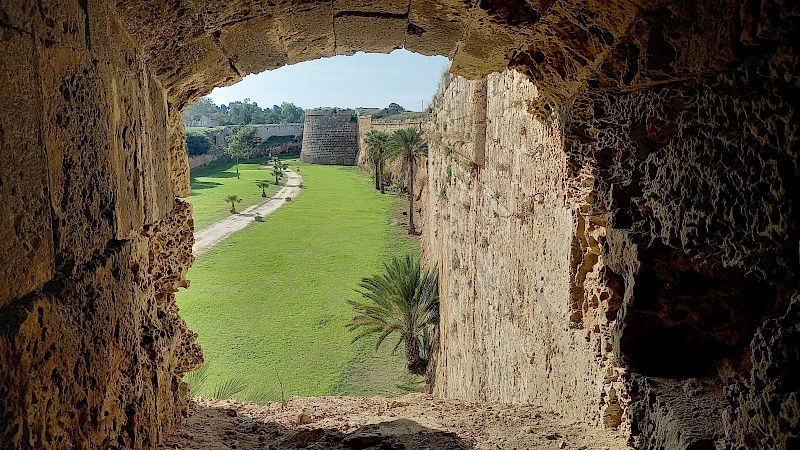
Among the numerous attractions, it is difficult to highlight any particular ones. The aforementioned former cathedral, named after St. Nicholas, is no less impressive than the rest of the old part of the city. In particular, the famous Othello Tower is located here - after all, Shakespeare wrote his immortal tragedy about the commander of Cyprus. Fans of antiquity should visit the Monastery of St. Barnabas and the ruins of ancient Salamis.
There are many other noteworthy attractions in the city, but we do not recommend delving too deeply into antiquity unless you are an archaeologist. After all, being in Famagusta and not enjoying the bounty of the local climate is a real crime!
Famagusta Frequently Asked Questions
How to get to Famagusta?
From many points in Northern Cyprus, you can easily reach Famagusta by public transport. Here are a few options:
Are there any beaches in the Famagusta area?
Famagusta is not only an excellent destination for sightseeing but also a beautiful place for beach relaxation. Here is our selection of beaches in Famagusta and its surroundings.
Where can tourists seek assistance in Famagusta?
You can obtain any tourist information at the Tourist Information Center. Here are the contact details:
- Phone: +90 392 366 28 64
- Email: [email protected]
In our Telegram forum about Northern Cyprus, there is a section called "Where to Relax" in case you are looking for other options besides Famagusta.


